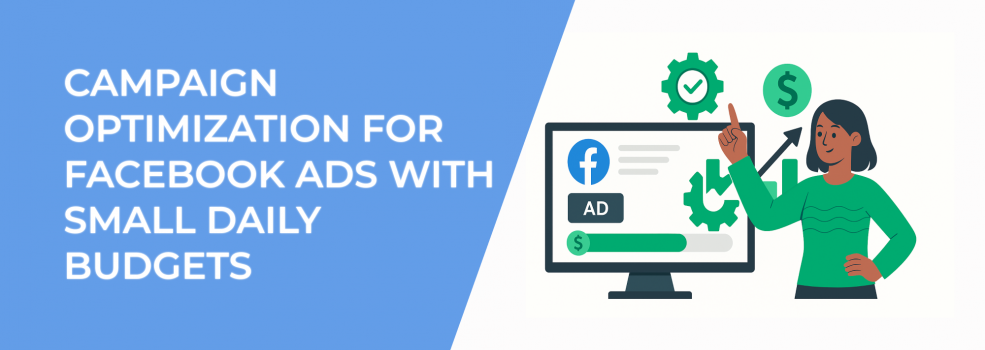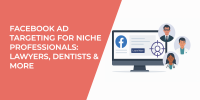Why Small Budgets Require Big Strategy
Running Facebook Ads with a small daily budget—say under $20—demands a highly strategic approach. With limited spend, every impression and click needs to drive value. According to recent ad performance benchmarks, the average cost per click on Facebook ranges from $0.70 to $1.01, but this can vary widely by industry and targeting method.
Comparison of Facebook ad performance metrics—average CPC and CTR—across industries. Use these benchmarks to guide Facebook ad optimization when working with a small daily budget.
If you don't optimize carefully, you’ll burn through your ad spend before reaching your target audience effectively.
1. Choose the Right Campaign Objective
Facebook's algorithm needs enough conversion data to optimize delivery. On a tight budget, select objectives like Traffic, Engagement, or Leads, which require less data to perform than Conversions. For early-stage campaigns, this helps avoid getting stuck in the Facebook learning phase.
Visual timeline of the Facebook learning phase. Small daily budgets may prolong this phase, delaying Facebook ad optimization and performance improvements.
2. Leverage Audience Precision over Size
Avoid targeting broad audiences. With limited ad spend, you can't afford to waste impressions. Instead, use custom audiences, retargeting strategies, and behavior-based Facebook targeting.
A small, high-intent audience is more likely to convert than a large, uninterested one. Dive deeper in How to Define Your Target Audience.
3. Focus on Ad Relevance and Copy
With a constrained budget, there's no room for error. Use clear, compelling ad copy and visuals that immediately connect with your audience. Optimize for a high click-through rate (CTR) and ensure your message aligns tightly with the audience segment.
Keywords like “5 Ways to Make People Click Your Ad Thanks to the Ad Copy” are more than advice—they're strategies proven to boost CTR by up to 35%.
4. Use Advantage Campaign Budget (ACB) Wisely
With small daily budgets, using Advantage Campaign Budget can help Facebook allocate funds across your best-performing ad sets. However, monitor closely—if one ad set underperforms, it can drain the entire budget.
Be sure to run A/B tests to identify the top performers. Here's how: What Is A/B Test and How to Run Split Test on Facebook?
5. Avoid Ad Fatigue with Smart Rotation
With fewer ads in rotation due to budget constraints, ad fatigue becomes a bigger issue. Regularly refresh creatives, adjust placements, and monitor frequency to maintain audience engagement.
See: How to Avoid Ad Fatigue and Keep Optimal Ads Cost
6. Optimize Placement and Time-of-Day Delivery
On a small budget, every cent counts. Choose placements strategically—mobile newsfeeds often outperform desktop for CTR. Use dayparting (ad scheduling) to show ads during your audience’s peak hours.
7. Track Performance Beyond CTR
Small budgets demand granular performance analysis. Don’t rely solely on CTR or CPC. Use Facebook Attribution Tool to track real impact.
Learn more: How to Use the Facebook Attribution Tool to Optimize Your Facebook Ad Performance
Final Thoughts: Performance Is Still Possible
Working with a small budget doesn’t mean sacrificing results. With strategic Facebook ad optimization, audience targeting, and automated control, you can run cost-effective campaigns that convert.
Want to dive deeper? Explore:

